Ave Maria (Biebl) (1959)
Franz Biebl (1906 - 2001)
Saxophone Choir
Ave Maria by Franz Biebl, arranged for saxophone choir. First published in Germany in 1964, Franz Biebl’s Ave Maria was originally scored for a double chorus of men’s voices. A group of three soloists is set against a four part chorus. This arrangement was conceived with Biebl’s original double chorus version in mind. A Solo group of three saxophones takes the part of the soloists. The remaining saxophones form the chorus.
Written for a firemen’s chorus as a choir competition piece, Biebl’s Ave Maria gained little attention in Germany. It was not until the American a cappella group Chanticleer recorded the piece that the setting came to international attention, nearly fifteen years after its initial publication. Now it is a much-beloved work frequently performed by both professional and amateur choirs.
Often performed in Christmas concerts, Biebl’s Ave Maria fuses portions of the Angelus Domini (a Catholic devotion on the Incarnation) chanted by soloists with the traditional Ave Maria (“Hail Mary”) sung by the chorus. The composition is based on the plainchant style, though no specific chants are used.
With this arrangement you get:
- Saxophone Choir Score
- Parts
- Soprano Sax
- Alto Sax 1
- Alto Sax 2
- Tenor Sax 1
- Tenor Sax 2
- Baritone Sax 1
- Baritone Sax 2
- Bass Sax (optional)
This arrangement of Ave Maria (Biebl) is for Saxophone Choir. The arrangement mirrors the soloists-with-chorus structure of the original work. Soprano, Alto 1, and Tenor 1 make up a soloist group and the remaining saxes form the chorus. This is reflected in the layout of the score – the soloist voices are grouped together as are the chorus voices. The solo sections are slow, around 68 bpm while the full sections slightly faster, about 76 bpm. The key is C major throughout. The work features imposingly deep and full chords and is a pleasant fusion of traditional and contemporary harmonies with little chromaticism.
- The range for each saxophone part is shown below.
- Audio and score excerpts are available above.

About the Composer
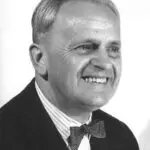 German composer Franz Xaver Biebl (1906–2001) produced more than 2000 works, mostly for choirs. He obtained his Master of Music degrees in composition and choral conducting from the State Music Academy in Munich after completing his music studies at the Humanistic Gymnasium in Amberg.
German composer Franz Xaver Biebl (1906–2001) produced more than 2000 works, mostly for choirs. He obtained his Master of Music degrees in composition and choral conducting from the State Music Academy in Munich after completing his music studies at the Humanistic Gymnasium in Amberg.
After his music studies, Biebl was hired as the choir director for a parish church in a Munich neighborhood. Later, in Salzburg, Austria’s Mozarteum’s Musikhochschule and Jugendmusikschule, appointed him Lecturer of Music Theory and Choral Singing. He taught music for seven years there until his career was abruptly paused by World War II. He was drafted into the German army in 1943 then taken as a prisoner of war from 1944 to 1946 (detained at Fort Custer in Battle Creek, Michigan). After the war, Biebl took a position as the choir director at the parish church of St. Magdalena in Fürstenfeldbruck where he remained for eleven years.
He produced music as a consultant for the Bavarian State Radio while he was at St. Magdalena, and in 1959, Bayerische Rundfunk invited him to form a choral department. Biebl supported regional choral organizations throughout Germany and he relentlessly labored to populate the station’s archives with well-known choral music.
His Ave Maria, written in 1959, is his best-known work, but was largely unnoticed in Germany. It wasn’t until the Cornell University Glee Club met Biebl on tour in 1970, that the piece was brought to the U.S. When the vocal ensemble, Chanticleer performed the piece in 1989, the piece gained tremendous popularity with choirs across the country and in Europe.
.

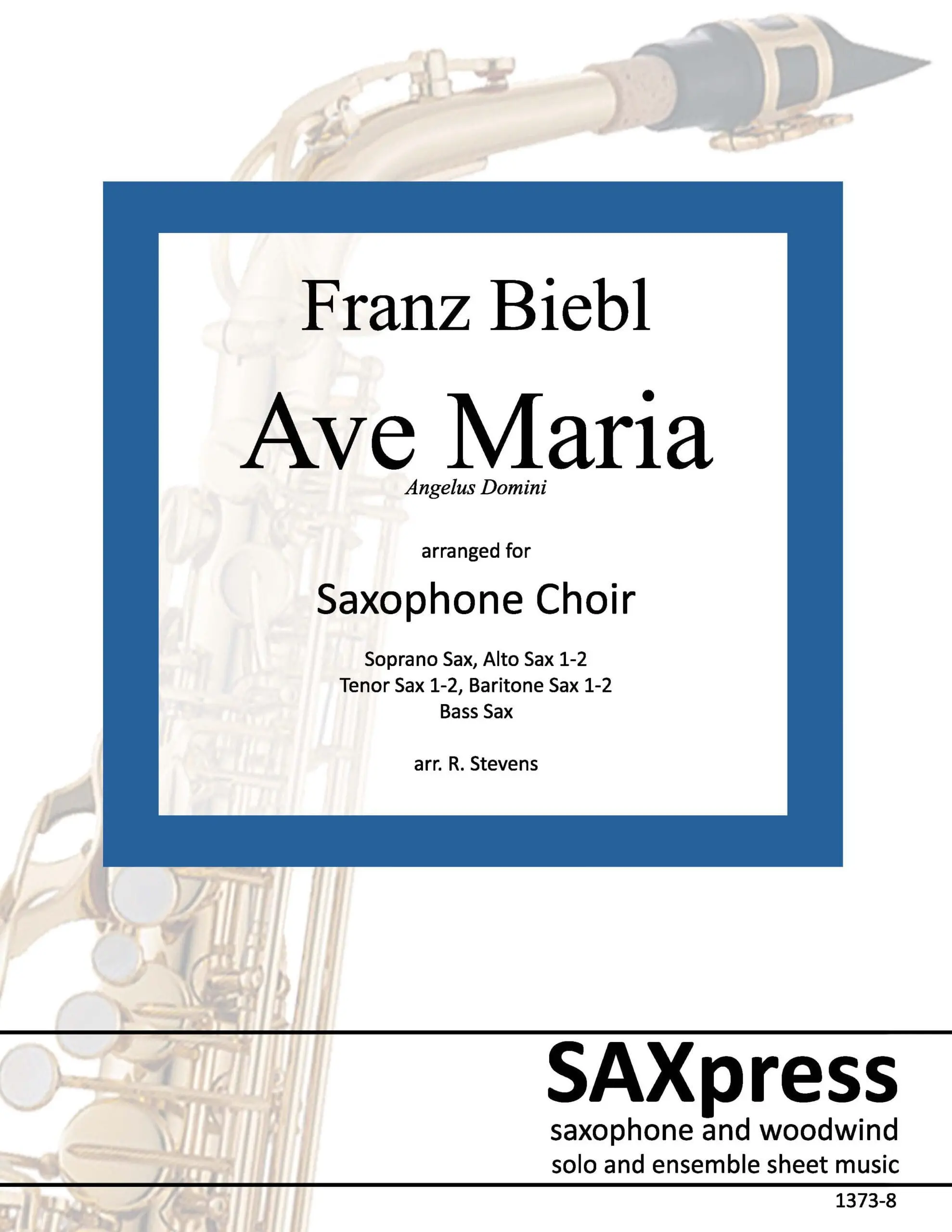
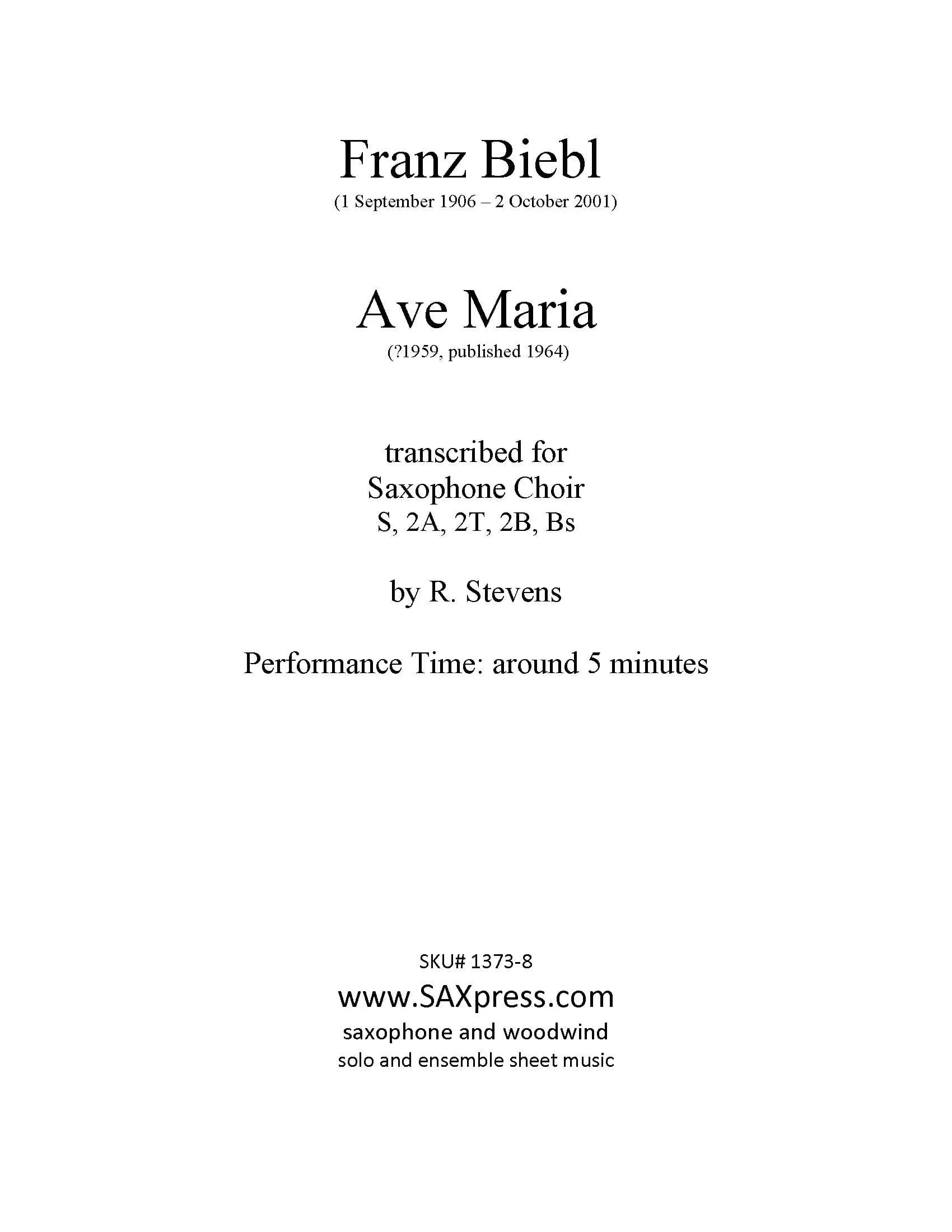
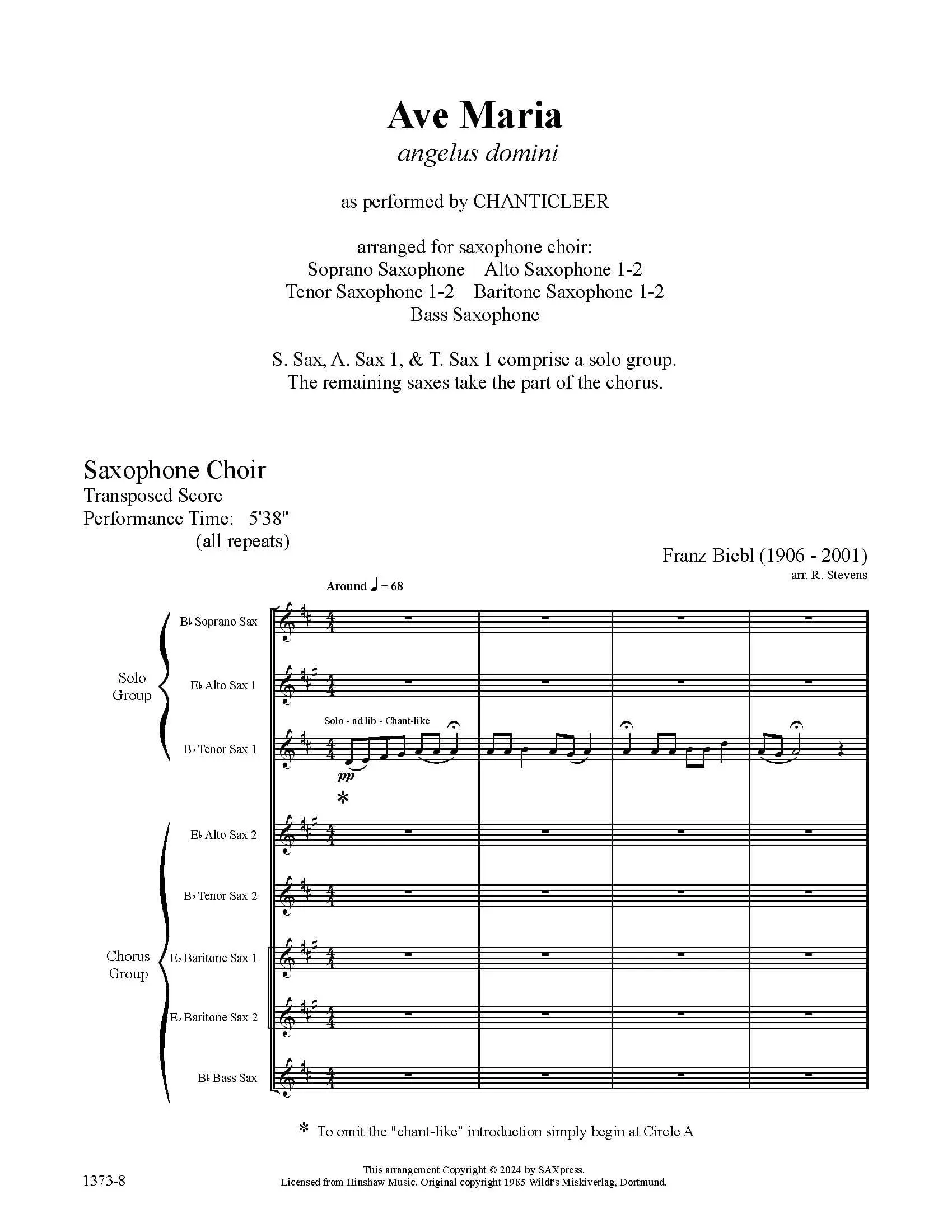
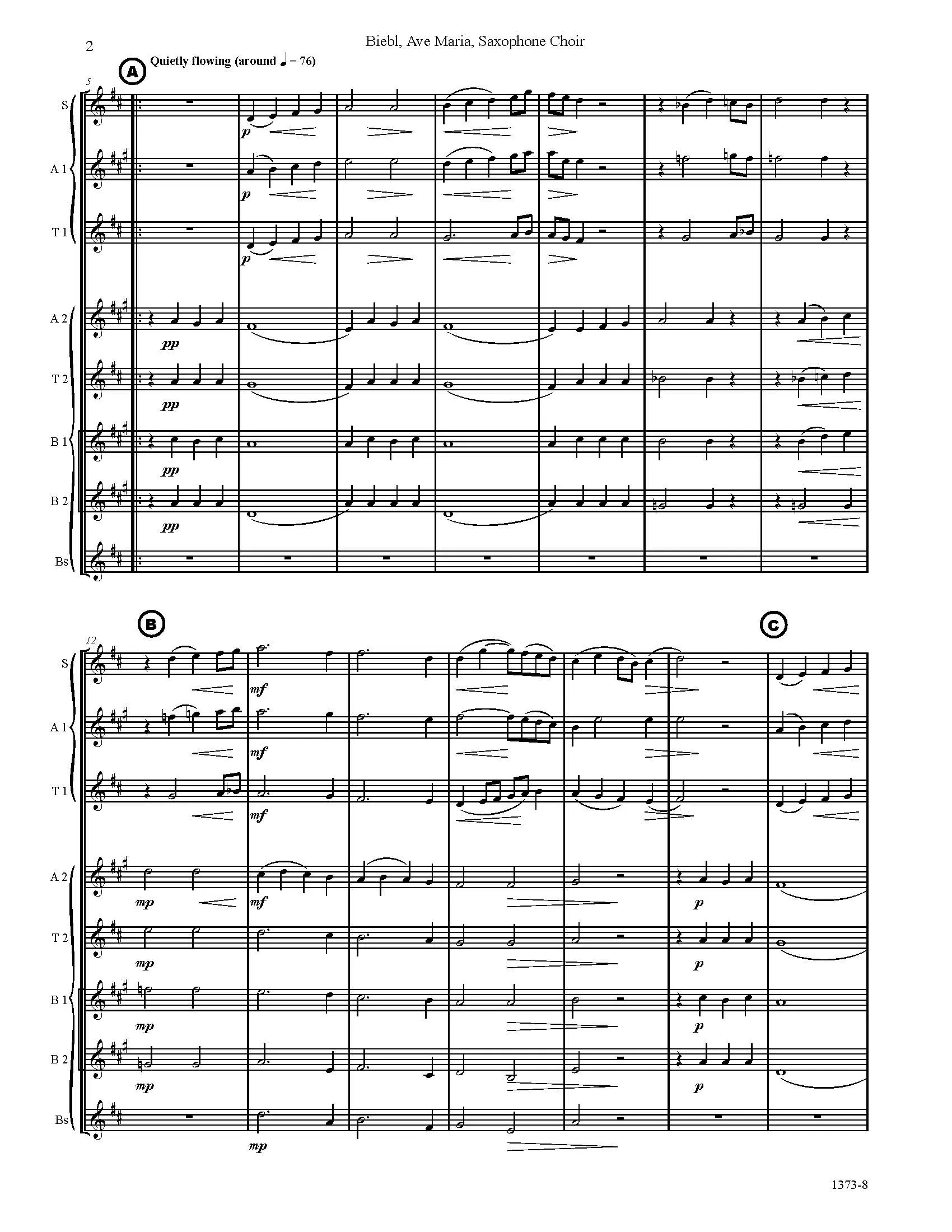
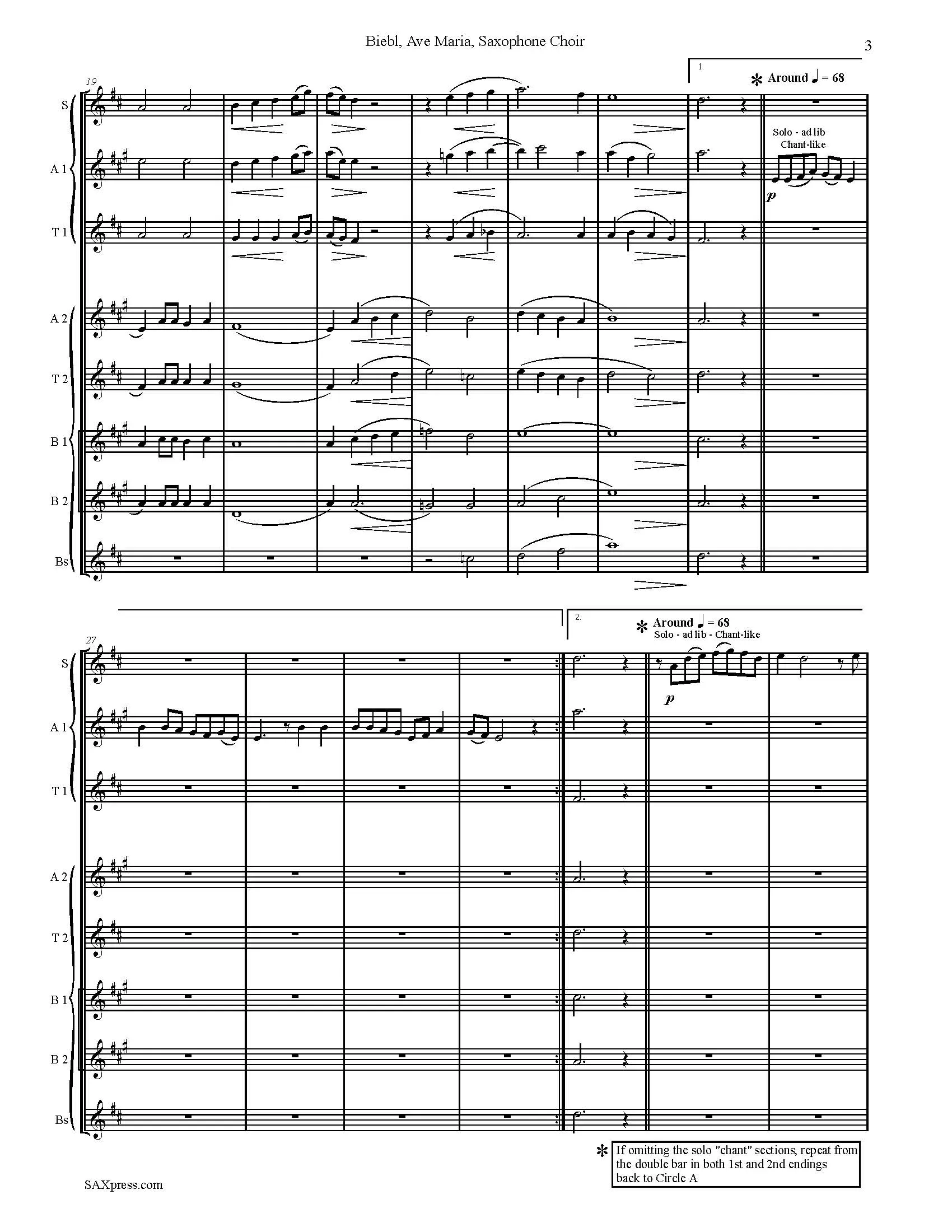
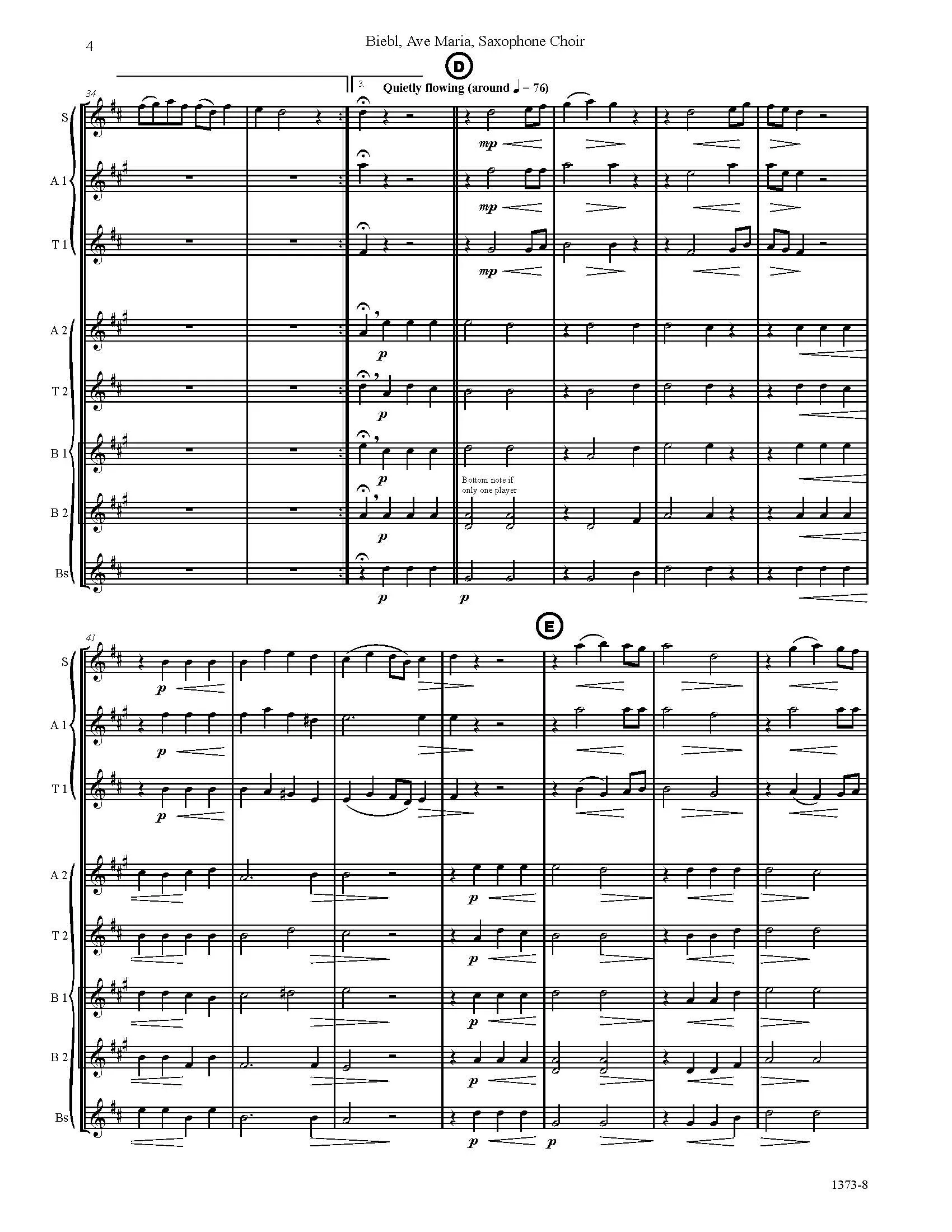
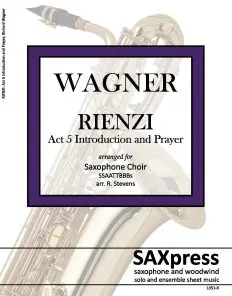
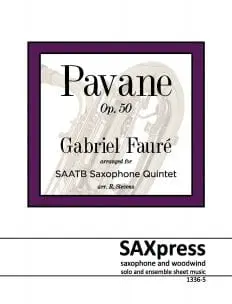
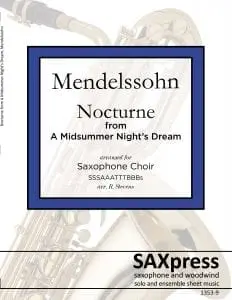
Reviews
There are no reviews yet.